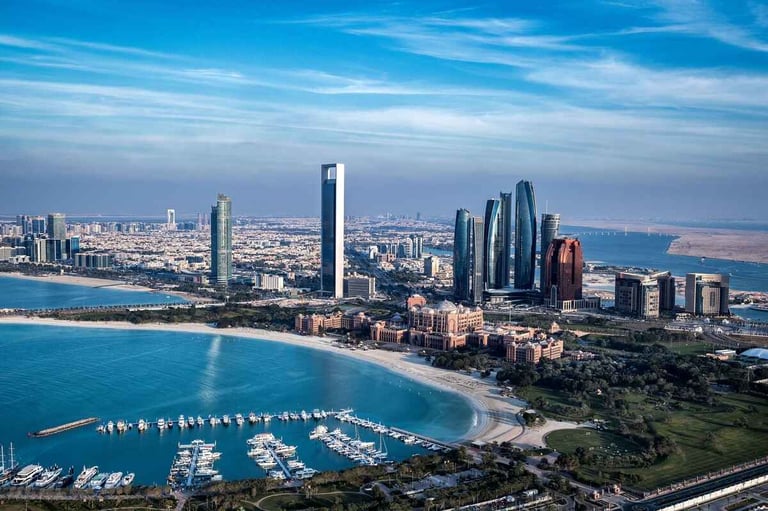The UAE’s non-oil economy remains robust, with the June PMI experiencing a slight increase to 53.5, following a solid figure of 53.3 in May and 54 in April. This indicates ongoing expansion, despite a slight deceleration in momentum, according to the OPEC Monthly Oil Market Report (MOMR) for July.
Additionally, the monthly report highlighted that the private sector continues to perform strongly, with the UAE’s real estate and tourism sectors demonstrating significant momentum in 2025. In Dubai, year-to-date real estate transaction volumes through June rose 24 percent year-on-year, with values up 38 percent year-on-year, reflecting broad-based growth across all segments. Additionally, in June alone, both volumes and values increased by approximately 17 percent year-on-year.
In Abu Dhabi, real estate volumes in the second quarter of 2025 rose 7 percent year-on-year, while values surged 45 percent annually.
Tourism in Dubai also remained vigorous, with May 2025 arrivals up 6 percent year-on-year, and year-to-date figures approximately 7 percent higher than the previous year. This level is about 21 percent above pre-COVID-19 levels, while hotel occupancy rates climbed to 83 percent. Meanwhile, the country is actively diversifying its economy and establishing international partnerships to support investment and economic diversification.
The MOMR noted significant developments, including new agreements on the launch of a UAE-US Framework on Advanced Technology Cooperation, emphasizing a shared commitment to innovation, investment, and the strategic transferral of knowledge. These initiatives are part of broader national strategies aimed at positioning the country as a global hub for innovation and sustainable economic growth.
Read more: UAE non-oil business sector grows strongly to 55.0 in January, PMI indicates
Projected economic growth of 4 percent (2025-2028)
The UAE is anticipated to maintain a robust economic growth rate of around 4 percent annually from 2025 to 2028, bolstered by ongoing strength in the non-oil sector and a rebound in oil production, as reported by S&P Global last month.
Despite facing external challenges such as global economic slowdowns and declining oil prices, this growth will be supported by consistent fiscal surpluses at both federal and emirate levels. The growth trajectory is primarily driven by non-oil activities and the normalization of oil production.
Fiscal surpluses are projected to average 3.2 percent of GDP, with the net public sector asset position expected to reach 177 percent of GDP by 2028, according to the report. On June 17, 2025, S&P Global Ratings assigned the UAE a sovereign credit rating of ‘AA/A-1+’ with a stable outlook, highlighting its strong fiscal and external positions. The transfer and convertibility assessment received an ‘AA+’ rating, emphasizing the UAE’s macroeconomic resilience.
The UAE is poised to sustain strong fiscal and external positions through 2028, supported by prudent policies, high liquidity buffers, and diversified growth. However, potential risks include rising interest burdens and a decline in per capita wealth.
Significant strides are being made in economic diversification, with non-oil sectors now accounting for approximately 75 percent of GDP. Key growth areas encompass tourism, manufacturing, and digital services. Major development initiatives, such as the Saadiyat Cultural District and the forthcoming Disney Park in Abu Dhabi, along with 27 Comprehensive Economic Partnership Agreements (CEPAs), are expected to enhance economic momentum.








